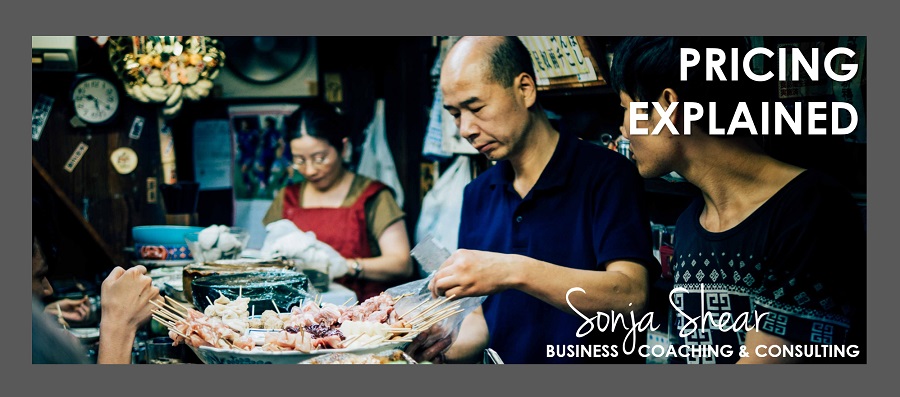
Your pricing strategy is one of the key elements to the failure or success of your business. Whether you are a services or product based business if you get your pricing wrong, the impacts could be detrimental to your success.
There are several factors that need to be taken into account when planning which pricing strategy is best for your offering. A good price strategy will ensure you get a good balance between volume sales and profit. When setting your pricing strategy, you will need to consider where you want to position your offering in a market, are you a Mercedes Benz or a Fiat Uno? Other factors to consider include price sensitivity in a market, demand curves and price elasticity amongst other factors
Here are a few pricing strategies, you will need to select the best one for your business.
1. Skimming Pricing Strategy
This strategy is often used by businesses introducing unique high-tech products to the market. Initial prices are high, and then gradually decrease over a product's lifecycle, as R&D costs are recouped and competition starts to increase. This is often the case with consumer electronic products or mobile phones.
2. Premium Pricing Strategy
This strategy sets higher prices because of the uniqueness or perceived “luxury” or quality of your products or services, it is very similar to the Skimming strategy, but usually not linked to product lifecycle.
3. Market Penetration Pricing Strategy
This strategy aims to attract new buyers and customers, it really is about gaining share in a market, the challenge with this strategy is that it usually yields lower profits. Often when this strategy prices are reviewed once market share has been gained, or products are replaced with a new higher priced offering.
4. Loss Leader Pricing Strategy
Used to increase sales of specific products and services, this strategy involves selling some items below costs, with the intention of up-selling standard priced items at the same time, this strategy is used by many retailers to drive feet into their stores. This is usually a promotional pricing strategy and is short lived with prices returning to normal levels after the promotional period has ended. Be careful with this strategy as it can impact on your margins if you don’t get your balance of sales right.
4. Bundling As A Pricing Strategy
In this case different products and services are grouped together and sold for less than if each of them were purchased separately, this could also be a buy 1 get 1 free situation. This strategy increases average sales volume from customers and can be used periodically to increase your company’s sales volume, this should be used as a promotional strategy.
5. Odd-Ending Strategy
Setting prices with odd numbers such as R 99.99 has a psychological impact on the buyer’s decisions, in this example it's under R 100.
If you need guidance on how to position and place your product offering contact me today!
“Business in Review” this is a powerful way to discover direction for sustained success, these sessions provides valuable insight into your business
For more information about business coaching and business consulting services, contact me: 083 256-0378 | This email address is being protected from spambots. You need JavaScript enabled to view it.
Thanks for reading. Please feel free to like, comment, share, tweet, retweet, pin, quote, email etc. If you would like to receive insights like these, plus additional exclusive content delivered to your inbox, remember to sign up HERE.
